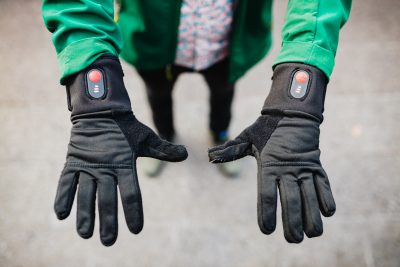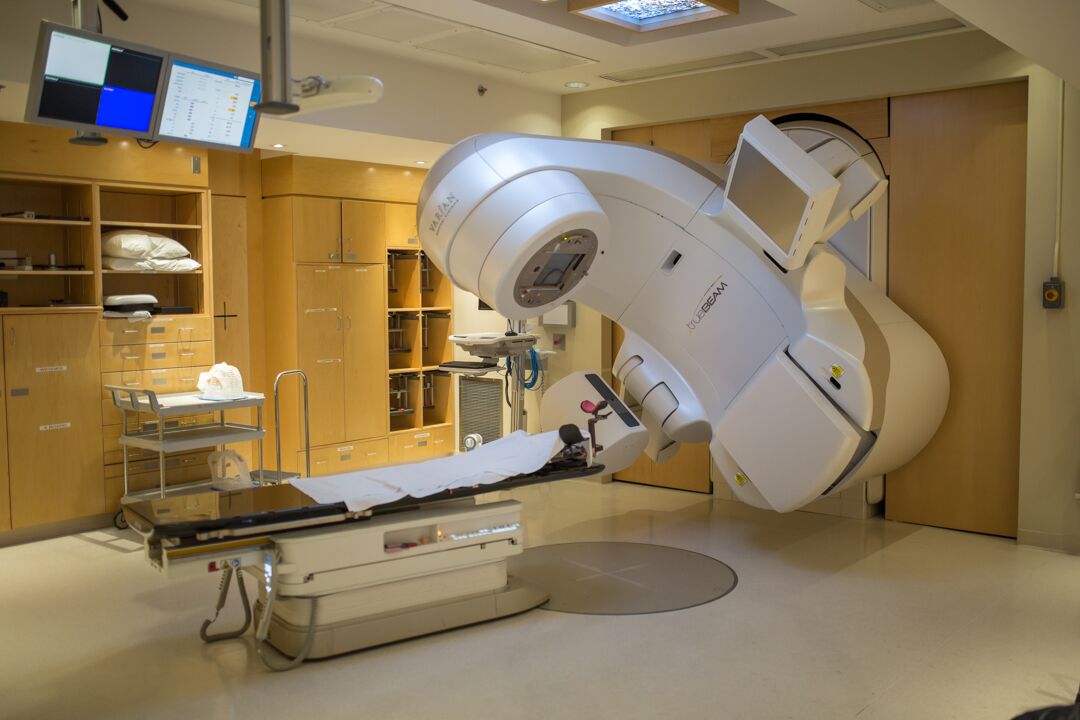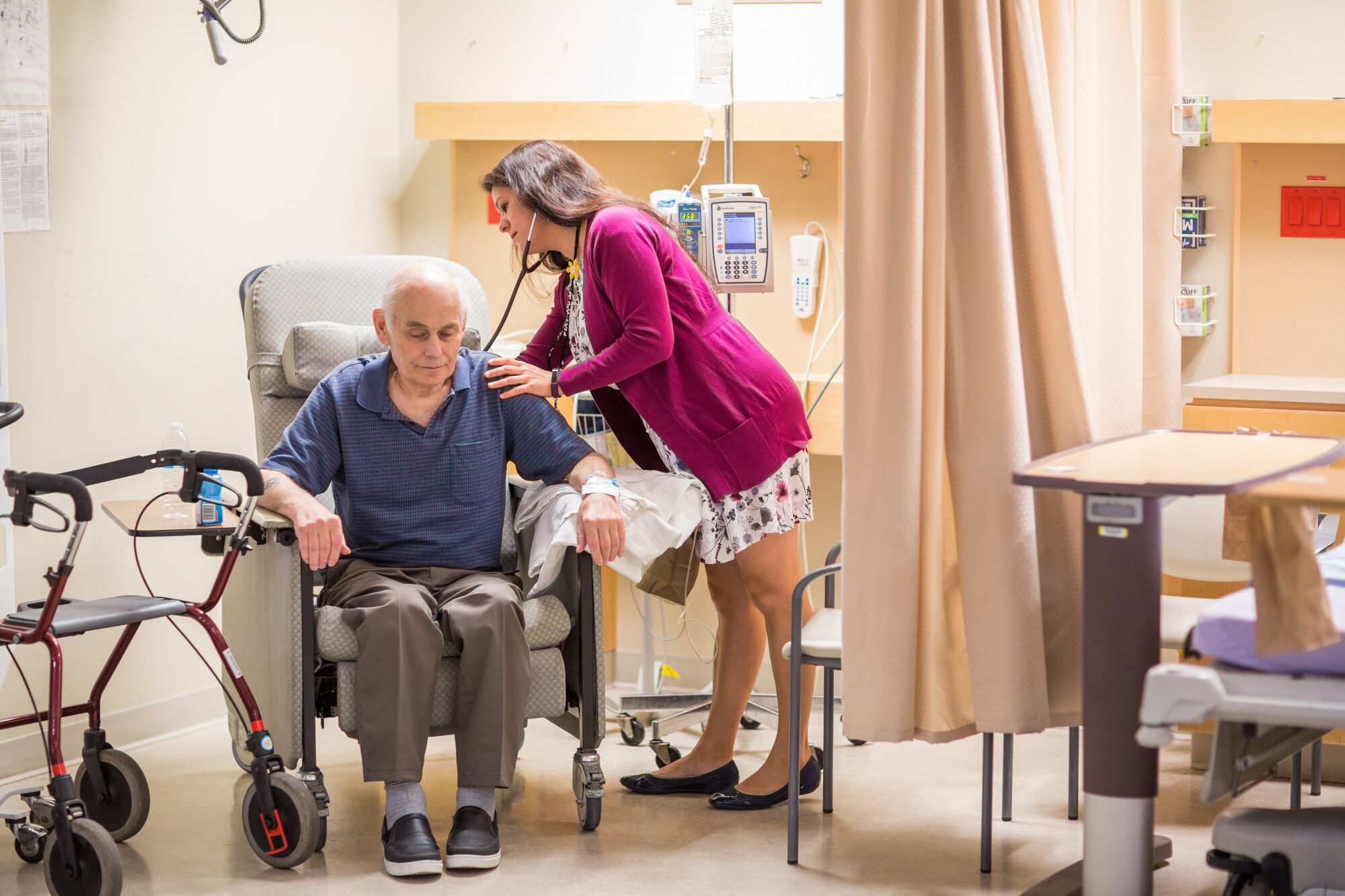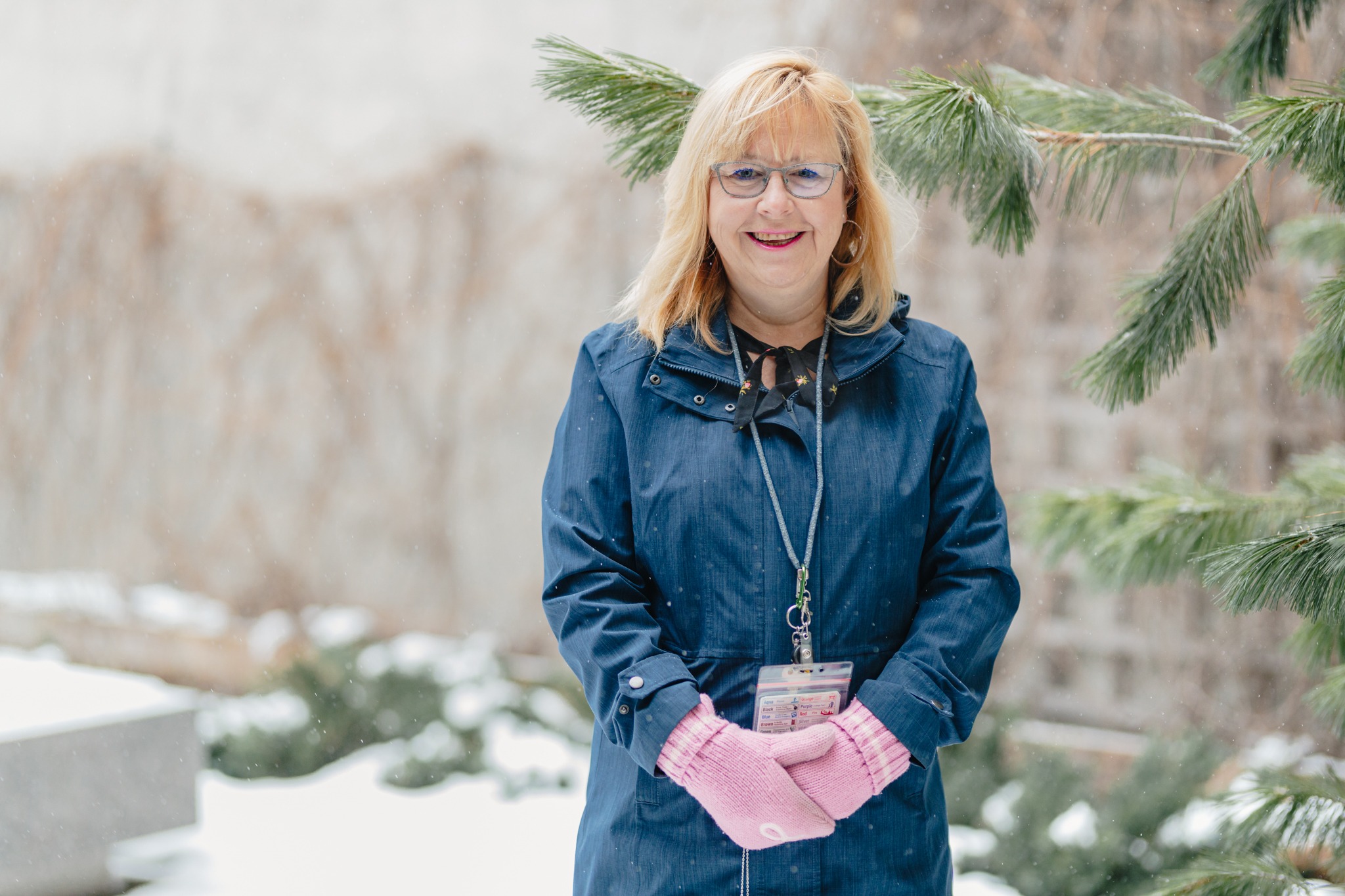
Living with Raynaud’s phenomenon
Ben Zarate first realized something was wrong with his hands last fall while picking up fresh fruits and vegetables at his local Farm Share.
“We hadn’t been going to the grocery store very often because of the pandemic,” says the Hamilton real estate agent and Hamilton Health Sciences (HHS) patient, who shops through Farm Share as an alternative to busy supermarkets.
Touching cold produce in the chilly October weather was almost unbearable. “I realized that my fingers were getting swollen. By the time I got home they were completely white and felt like they were on fire. I had to run them under warm water to get the blood flowing.”
Living with Raynaud’s
Zarate, 35, was diagnosed with Raynaud’s phenomenon – a side effect from chemotherapy he underwent in 2020 for testicular cancer. He’s now cancer free, but continues to manage side effects from treatment.
“Bottom line – the circulation in my hands was completely shot.”
Raynaud’s is a group of symptoms that includes whiteness, blueness, redness and pain or prickling in the fingers, toes, ears or nose. It’s caused by a lack of blood to the affected areas and is usually brought on by cold. Raynaud’s is fairly common and can be treated with medications. In most cases, it poses no danger, though it can cause pain, numbness and discomfort.

It’s important for people with Raynaud’s disease or Raynaud’s phenomenon to keep affected areas warm.
“Bottom line – the circulation in my hands was completely shot,” says Zarate, who sees a rheumatologist for this condition and plans to take medication to alleviate discomfort during the coldest months.
Raynaud’s disease vs. Raynaud’s phenomenon
Raynaud’s disease is the name used for this condition when the cause of symptoms isn’t known. This represents about 75 per cent of cases, says Dr. Konstantinos Tselios, an HHS rheumatologist and assistant professor with McMaster University’s division of medicine. When symptoms are triggered by an underlying condition, it’s called secondary Raynaud’s phenomenon.
“Even if you’re taking something out of the freezer, wear gloves.”
Typical underlying conditions include scleroderma, a group of diseases involving the hardening and tightening of the skin and connective tissues, and lupus, a disease that occurs when the body’s immune system attacks its own tissues and organs. Some cancer, migraine, arrhythmia and hypertension drugs can also be triggers.
Tselios encourages Raynaud’s patients to keep their extremities warm at all times. “Even if you’re taking something out of the freezer, wear gloves.” Medication used in colder months from October to April can also help. “I typically discharge my Raynaud’s patients in May and bring them back in the fall,” says Tselios.
Managing side effects
Zarate was diagnosed with testicular cancer in 2019. Surgery to remove the cancerous testicle took place that year, followed by chemotherapy that ended in March 2020.
“I would not likely be here today if it wasn’t for our health system.”
“My last chemotherapy infusion was literally one week after the world went into lockdown because of COVID-19,” says Zarate. While recovering during the pandemic was terrifying due to his weakened immune system, Zarate says the plus side included virtual follow-up appointments with his doctors by phone or video conferencing instead of in-person visits.
“This was a lot more convenient than travelling to the hospital for these appointments,” he says.
More than a year after beating cancer, Zarate also sees a gastroenterologist, since digestive issues he experienced before his cancer diagnosis have worsened. He also developed allergies after chemotherapy but doesn’t know if it’s related to treatment.
“Regardless, I feel incredibly fortunate to have received treatment for my cancer, and to have specialists in my life who continue to help me,” says Zarate.
“I’ve been extremely fortunate with all levels of follow-up since my chemo days. I would not likely be here today if it wasn’t for our health system.”



